The Future of Finance: Digital Assets and Beyond
July 15, 2019
Recap
- Recap
- Agenda
Recap
On May 29, 2019, Cleary Gottlieb hosted an afternoon conference in New York City to discuss a wide variety of issues impacting the FinTech industry.
The conference included interactive panel discussions with industry leaders, academia, and federal and state regulators on practical applications of and recent developments in the FinTech marketplace concerning the movement of legacy financial market activities onto blockchain technology.
Cleary partner Pamela Marcogliese opened the conference. In welcoming speakers and guests, she acknowledged not only the transformative nature of the FinTech industry, but also the ways in which the evolving regulatory landscape could potentially help or hinder the adoption and development of the financial industry’s use of blockchain technology. In light of this, she noted that the timing of the conference was particularly fitting and that the scope — discussing pressing regulatory and enterprise issues with panelists from across the FinTech industry and both federal and state regulators — was optimal to foster conversation on these points.
Below are images and key takeaways from the day’s discussions.
Keynote Conversation With Commissioner Hester M. Peirce, Securities and Exchange Commissioner
The conference began with a keynote conversation between Securities and Exchange Commission (SEC) Commissioner Hester Peirce and Cleary partner Colin Lloyd.
The two discussed the current state of the SEC’s guidance toward the digital assets industry and FinTech entrepreneurs and the open questions that Commissioner Peirce would like the SEC to address. Commissioner Pierce noted that she saw digital assets innovation as the ultimate test of the SEC’s ability to aid in technological development through timely guidance, as opposed to serving as an impediment.
With this in mind, Commissioner Peirce confirmed that she is directly working to help break down silos inside the SEC to help innovators navigate their way through the agency. Further, she noted that innovators should not fear approaching the SEC and invited entrepreneurs to contact her directly.
Commissioner Peirce also discussed some areas where she has concerns about the SEC’s approach to digital assets, including what she views as inappropriate “merit-based” evaluation of certain ETFs, recent guidance as to when digital assets meet the definition of an “investment contract” that fell short of providing sufficient clarity to the industry, and the absence of guidance for how broker-dealers can satisfy their compliance obligations when transacting in or custodying digital assets. Still, she expressed that she was hopeful the SEC would be able to better address these issues soon.
Session 1: Beyond the Bitcoin – Smart Contracts, Tokens, Coins, and Other DLT Applications
- Muhseen Abdoolraman, Co-Founder and COO, Renso
- Joseph Brady, Executive Director, North American Securities Administrators Association
- Mary Ann Callahan, Managing Director, Office of Technology Architecture, State Street Global Services
- Caroline Pham, Director and Head of Markets Regulatory Implementation, Citigroup
- Joshua Mitts, Professor, Columbia Law School (Moderator)
Legacy Industry Adoption
- Disparities in Adoption: The panelists discussed the status of the financial industry adoption of blockchain technology and the current state of moving transaction and asset recordation onto blockchain technology. The panel was quick to note that there were disparities in the state of adoption, based on both the type of industry involved and in the different regulatory and market dynamics of a particular region. As such, panelists argued that any evaluation of the state of adoption would need be conducted in light of the characteristics of the market for the particular asset in question.
- Real Estate Industry: Starting first with the real estate industry, panelists noted the institutional challenges to blockchain adoption in the United States, as land rights and land registries are often governed and maintained at the local level, often by individual counties. By contrast, panelists argued that the United Kingdom — which maintains land registries at the national level — seems a ripe market for blockchain adoption, where panelists expressed optimism for helping consumers obtain real-time views of asset-level price and ownership data through blockchain technology.
- Securities and Derivatives Markets: Panelists focused their discussion on the issue of clearance and settlement of financial products and pointed to a number of efforts by their firms to move their securities trading activities onto blockchain technology. Still, they noted that major market participants are being cautious. In particular, some panelists’ firms were conducting parallel tests across their infrastructure, and these panelists saw blockchain technology as helping all portions of the firm interact with each other, a stepping stone to implementing it with clients and counterparties. Panelists also expressed optimism for the benefits clients would receive from using distributed ledgers to bring non-traditional assets into the same portfolios as more traditional securities and from the simultaneous settlement of digital cash and assets.
Regulatory and Legal Liability Issues
- Disclosures to Address Industry Risks: Panelists also discussed the substantive risks underlying the digital asset industry and the movement to blockchain technology. First, they discussed the extent to which technical competency fits into risk management and considered the idea of an “accredited investor in digital assets,” requiring coding knowledge as a predicate to being treated as such. Although some panelists indicated they would give this idea more long-term consideration, most disagreed with the premise and thought that public disclosures should cover issuers’ obligations.
- Addressing Systemic Risk: Panelists also discussed systemic risk and whether the creation of increased liquidity via the blockchain could increase broader market risks. During the discussion, the panelists indicated they were unsure as to how policymakers should respond to this, but indicated that, at least initially, the old-world framework is guiding what is necessary in the new world context.
- Blockchain and Theories of Legal Liability: In expanding on the discussion of issuer disclosures, they discussed whether antifraud liability resulting from representations as to digital asset offerings would be a sufficient regulatory regime at either the state or federal level. The general consensus was that mere antifraud liability would not be sufficient and that a more comprehensive regulatory regime would be necessary. A few panelists pointed to recent actions by the State of Wyoming to roll back new legislation that had permitted digital asset issuance without registration of utility tokens under state securities laws and that a number of issuers were found to be making significant misrepresentations in filings.
Financial Innovation via Blockchain
- Asset Tokenization: Panelists were highly supportive of the argument that tokenizing certain assets would result in more liquid markets and lead to better price discovery for those assets. They all agreed that tokenizing assets brought the potential of real-time transaction data onto blockchain technology. Further, panelists expressed optimism that such innovation presented greater opportunities for the fractionalization of assets in financial markets.
- Smart Contracts, Algorithms, and Opacity on the Blockchain: In discussing smart contract technology, the panelists agreed that smart contracts are business logic turned into computer code. While this creates a lot of complexity for back offices, panelists welcomed the prospect of creating algorithms designed to better move transactions along. Still, some questioned whether it will be possible for the current level of opacity that algorithms bring to certain financial markets to coexist with blockchain technology. Panelists discussed the pros and cons of using a public versus a permissioned blockchain to provide privacy and other protections, leading to a discussion about how the industry’s drive toward interoperability among blockchains may also soon blur the line between private and permissioned.
Session 2: If You Build It, They Will Come – Infrastructure for Digital Assets
- Dan Burstein, General Counsel and Chief Compliance Officer, Paxos
- Dorothy DeWitt, Vice President and General Counsel – Business Lines and Markets, Coinbase
- Alison McArdle, Director of Compliance, Fidelity Digital Assets
- Justin Schmidt, Head of Digital Asset Markets, Goldman Sachs
- Michael Krimminger, Partner, Cleary Gottlieb (Moderator)
- Custodial Services: The panel began with a discussion of custodial services. Several panelists observed that keeping customers’ assets safe is a critical function for market intermediaries and is one segment of the market that may be underdeveloped — from both a technological and regulatory perspective. According to a few panelists, improving the existing infrastructure to provide the safety and services expected by institutional investors will be key to increasing their participation in the market. The more digital asset markets come to resemble mature securities and other financial markets, the more likely large institutions will become comfortable transacting in digital assets. Panelists noted that greater participation by such investors will improve liquidity and market stability for digital assets.
- Stablecoins: Panelists also discussed “stablecoins,” which are digital assets with a value pegged to a currency, commodity, security, or other asset that is less volatile than a typical digital asset. In particular, the panelists discussed stablecoins that are akin to tokenized currency, such as dollars, that can serve the same function as cash. In this respect, stablecoins can be used as a method of payment, unlike more widely traded cryptocurrencies such as bitcoin and ether. And because stablecoins permit instant settlement of transactions in a variety of financial instruments (including securities and commodities), institutional investors may be incentivized to use stablecoins over cash, which can take days to settle.
- Regulatory Certainty: The panelists also discussed how clearer guidance on how to evaluate whether a digital asset might be a security would be welcome. In the absence of clarity from the SEC, market participants have created a matrix to evaluate whether a particular asset is likely to be treated as a security or not — an example of a type of self-regulatory approach that, while sub-optimal, can fill gaps left by the government. Panelists also indicated that trade execution services are important to attracting institutions to invest in this asset class — in effect, building a prime brokerage for digital assets that can offer services like margin trading, hedging, and custody. This development would facilitate the integration of digital asset markets with more traditional financial ones. Panelists predicted that this infrastructure would lead to more fair, orderly, and efficient markets; would attract investors and liquidity organically and in a sustainable manner; and would potentially lead to the development of clearer rules. A well developed and well-regulated set of intermediaries would also support the development of market structure by directing liquidity to digital assets that have underlying value, which can enhance market stability and smooth volatility.
- International Activities: The panel discussed foreign markets and observed that digital asset exchanges in non-U.S. jurisdictions (in particular, Asia) had been attracting customers due in part to a more flexible regulatory framework in some jurisdictions than in the United States. The panelists also noted that many institutional clients may see U.S. regulatory approval as a benefit due to the long-standing reputation of U.S. securities and commodities markets and seek to invest in a market that is governed by U.S. law. Unfortunately, U.S. law will require greater clarity to provide a similar foundation for the digital asset market as it does for U.S. securities and commodities markets.
- Forward Projects: Finally, the panel discussed the future, and what would digital asset markets look like four years from now. Some observed that there was likely to be more regulation, but it was an open question whether that would be in the form of “self-regulation” or whether digital assets would be regulated more fully by government regulations. Other panelists observed that the “tokenization of assets” would likely be a key trend, particularly for institutional investors who are seeking to acquire digitally native assets that represent ownership of more traditional financial assets, such as art or mortgages. Finally, some panelists went so far as to predict that the unit of account for digital assets would change as they became more varied. In this, they predicted that in the future, digital assets would cease being “dollar-denominated” and instead would become “token-denominated,” such that valuation would be denoted by the number of tokens rather than the value of those tokens if converted to dollars.
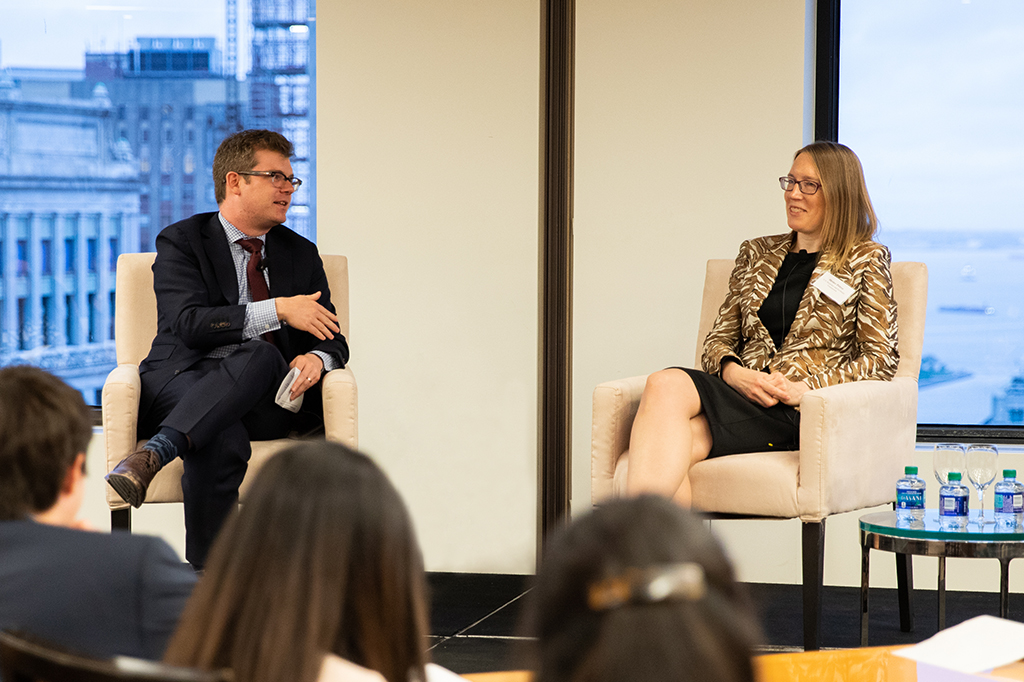
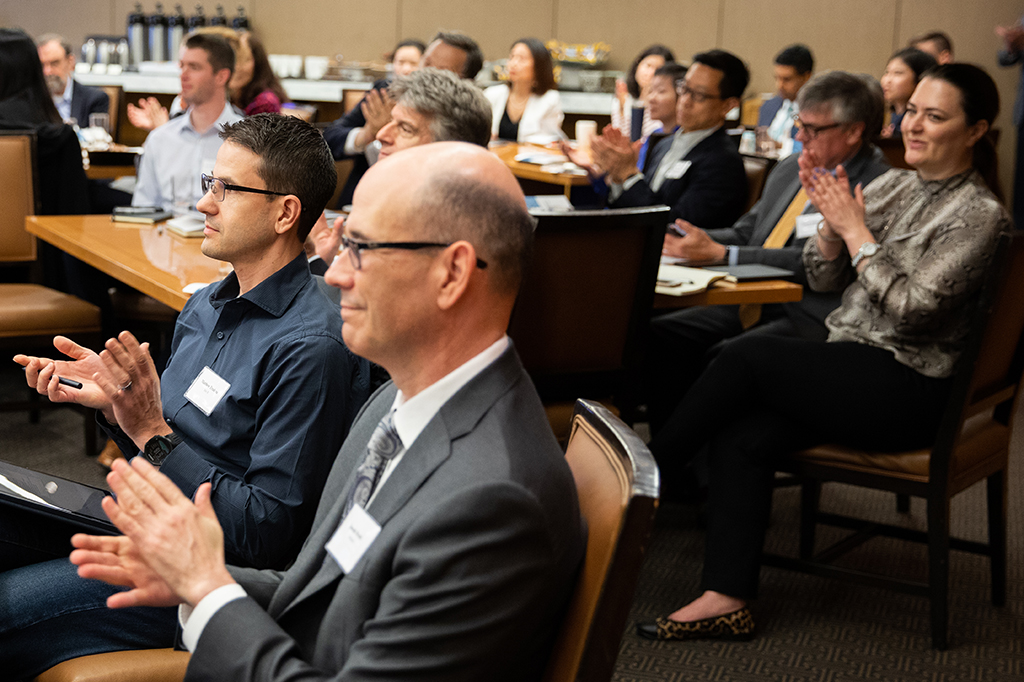
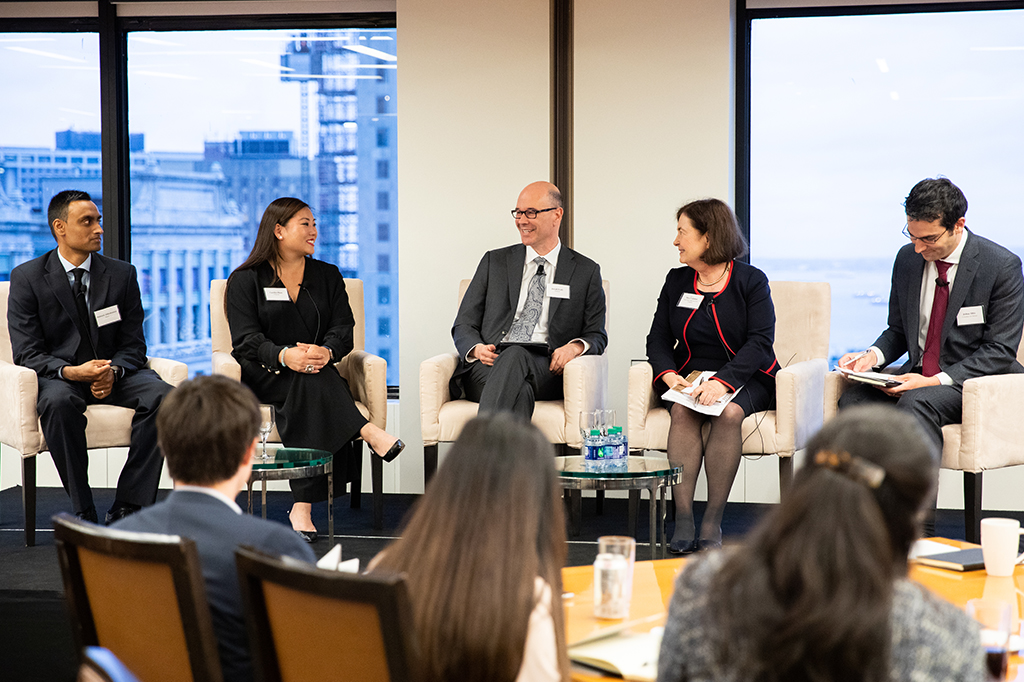
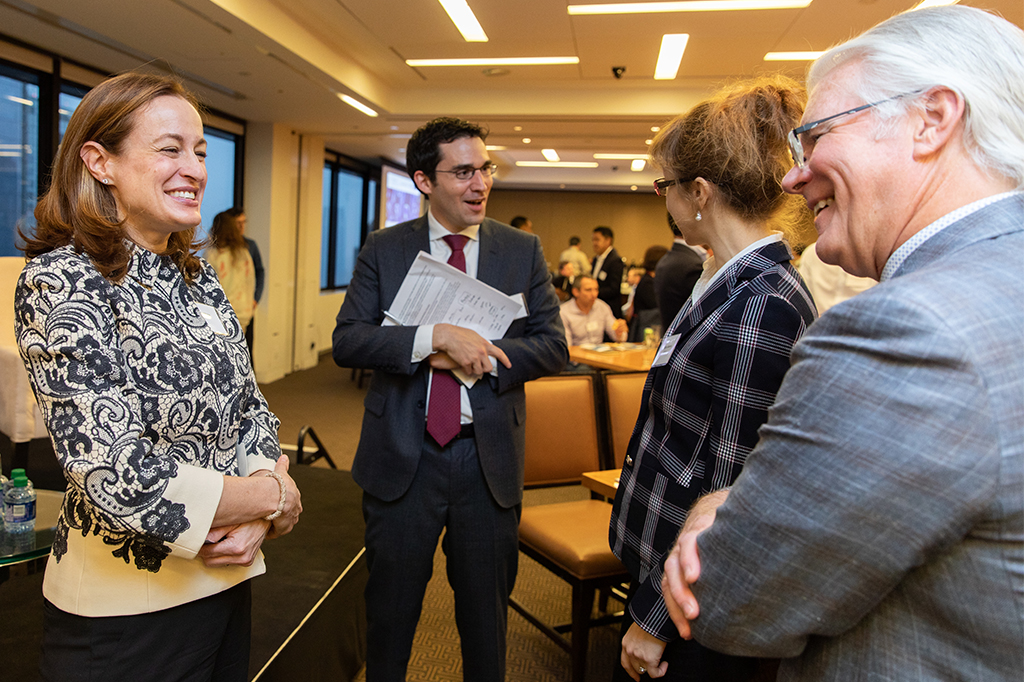
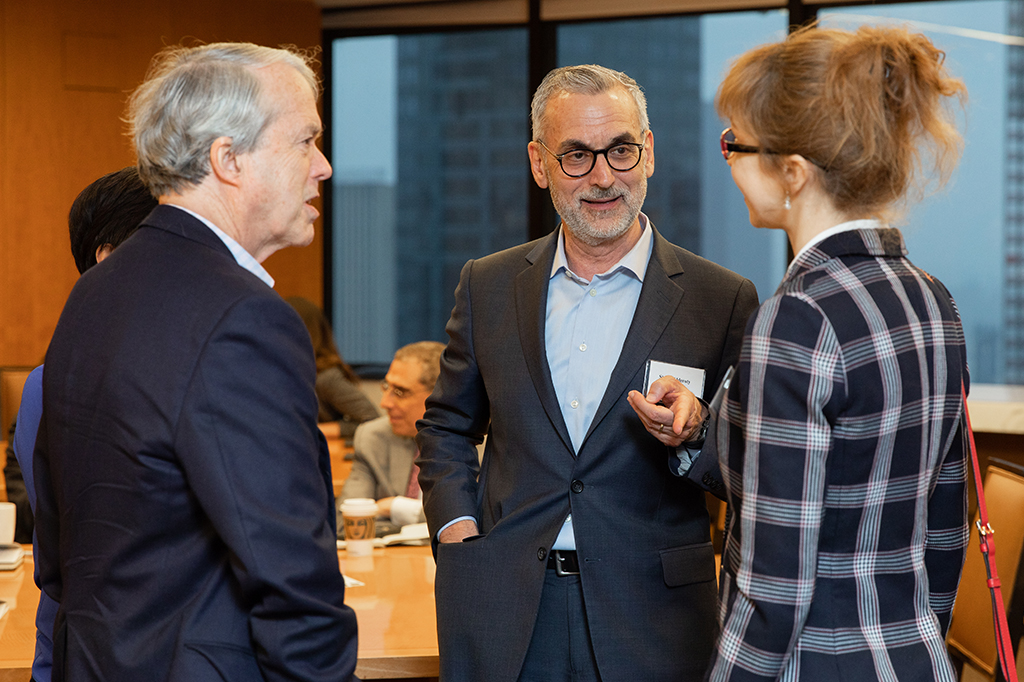
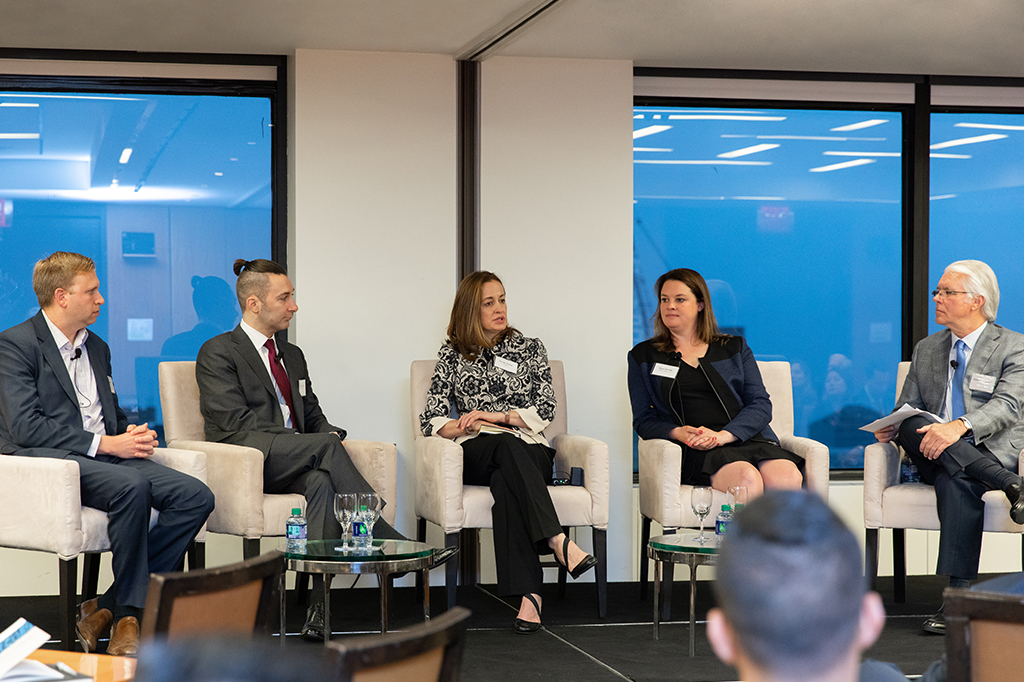

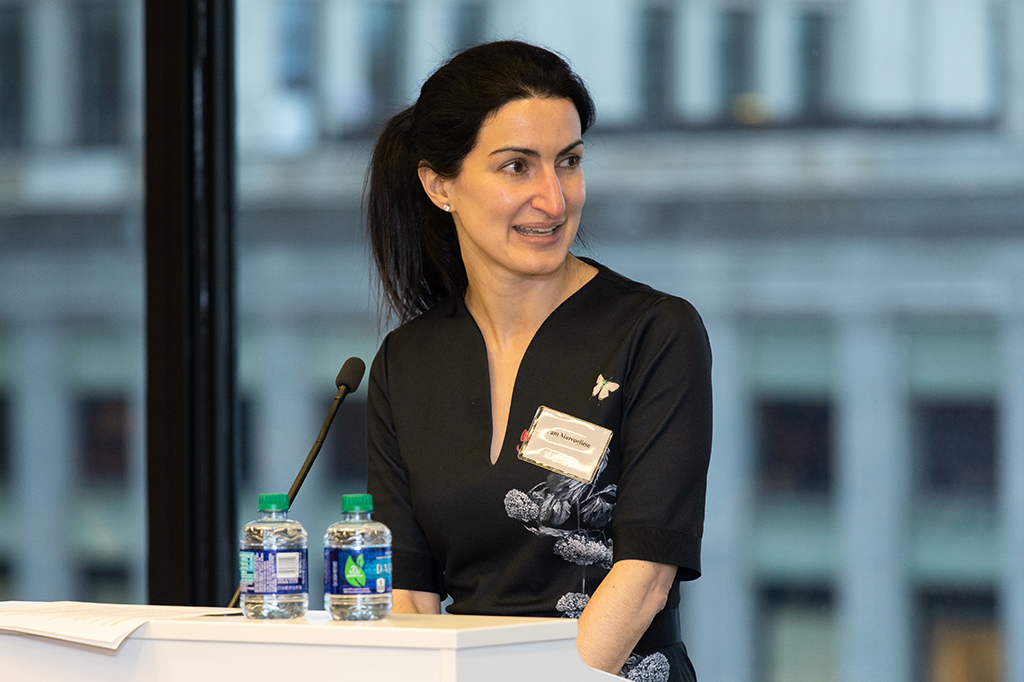
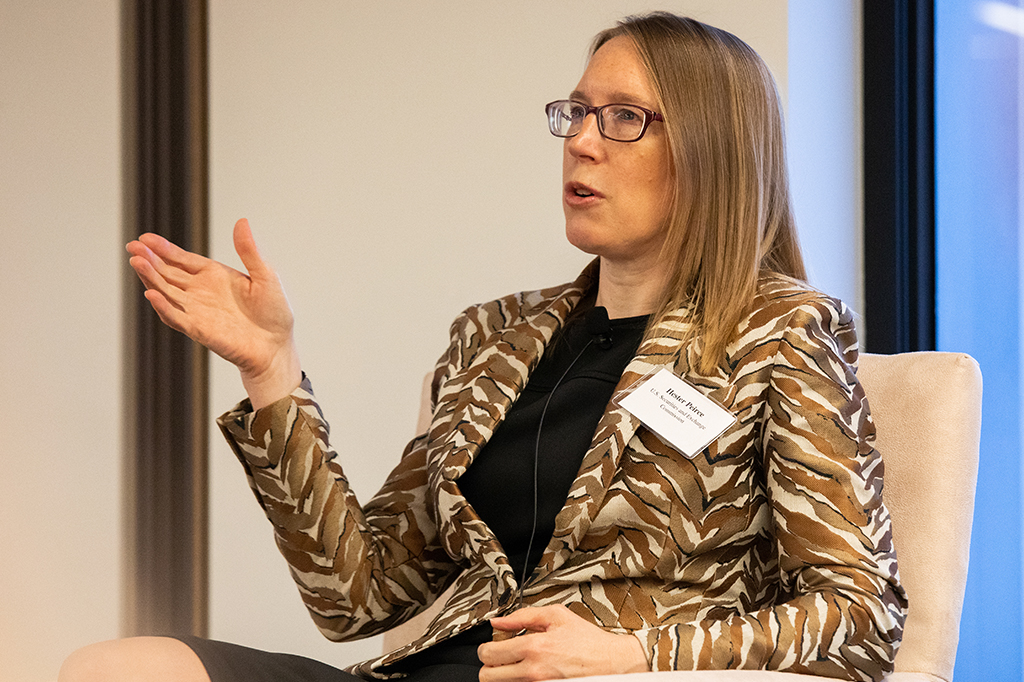
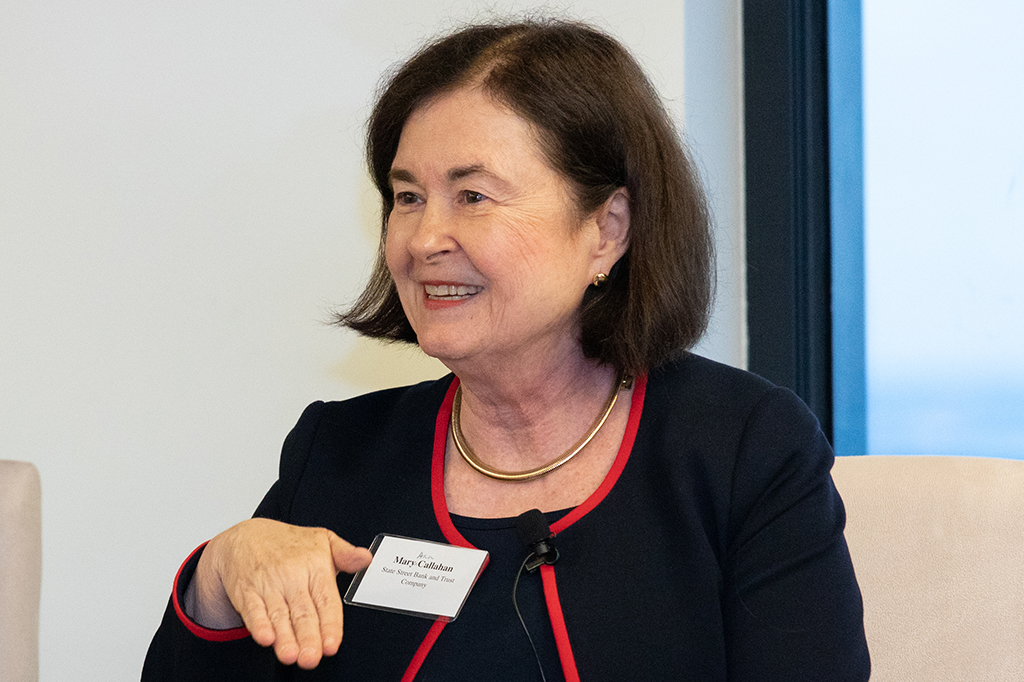
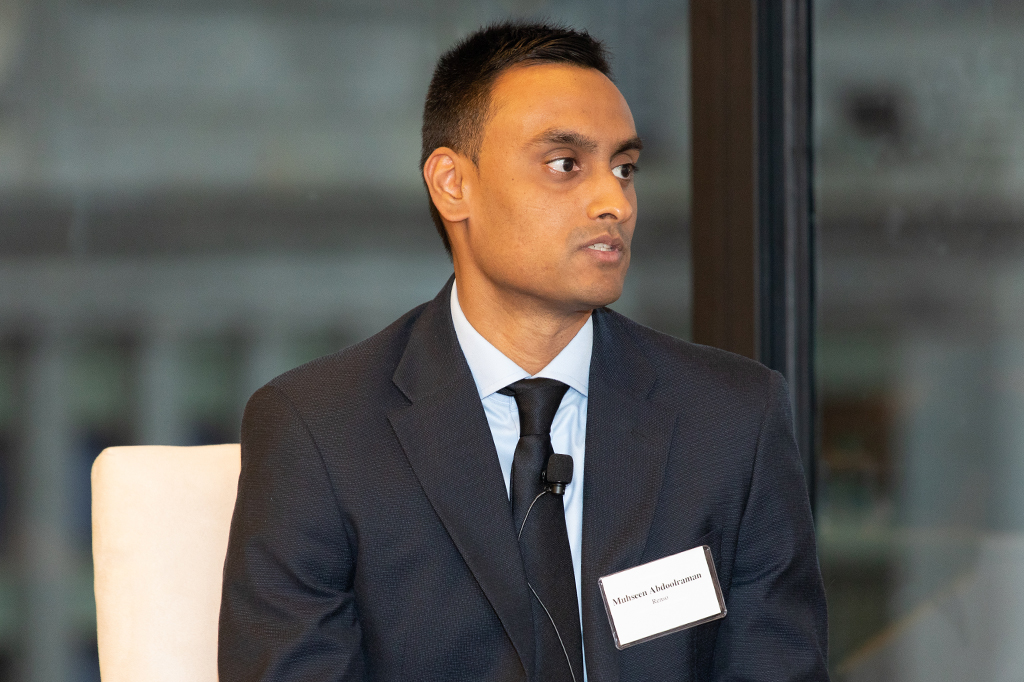
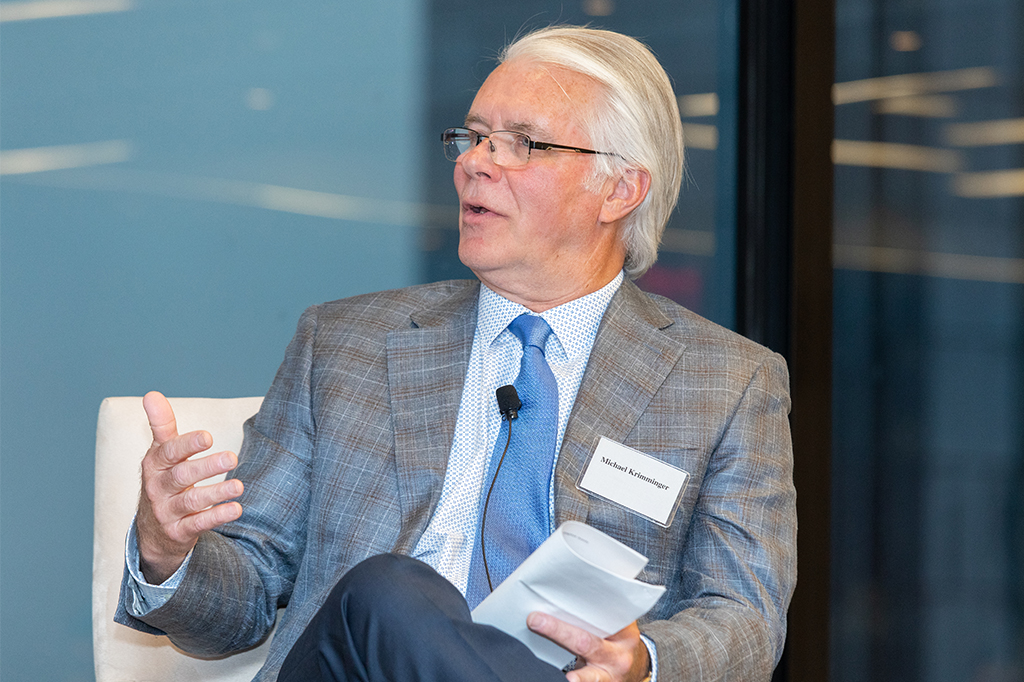
















Agenda

New York, New York
Wednesday, May 29, 2019 | 4:00 p.m.
Cleary Gottlieb | One Liberty Plaza, New York, NY 10006
Cocktail reception to follow
Opening Remarks
- Pamela Marcogliese, Partner, Cleary Gottlieb
Keynote Conversation with Commissioner Hester M. Peirce, Securities and Exchange Commissioner
Moderator:
- Colin Lloyd, Partner, Cleary Gottlieb
Beyond the Bitcoin – Smart Contracts, Tokens, Coins, and Other DLT Applications
Discussion Leaders:
- Muhseen Abdoolraman, Co-Founder and COO, Renso
- Joseph Brady, Executive Director, North American Securities Administrators Association
- Mary Ann Callahan, Managing Director, Office of Technology Architecture, State Street Global Services
- Caroline Pham, Director and Head of Markets Regulatory Implementation, Citigroup
Moderator:
- Joshua Mitts, Associate Professor of Law, Columbia Law School
If You Build It, They Will Come – Infrastructure for Digital Assets
Discussion Leaders:
- Dan Burstein, General Counsel and Chief Compliance Officer, Paxos
- Dorothy DeWitt, Vice President, General Counsel – Business Lines and Markets, Coinbase
- Alison McArdle, Director of Compliance, Fidelity Digital Assets
- Justin Schmidt, Head of Digital Asset Markets, Goldman Sachs
Moderator:
- Michael Krimminger, Partner, Cleary Gottlieb
For additional inquiries, please contact RSVP@cgsh.com